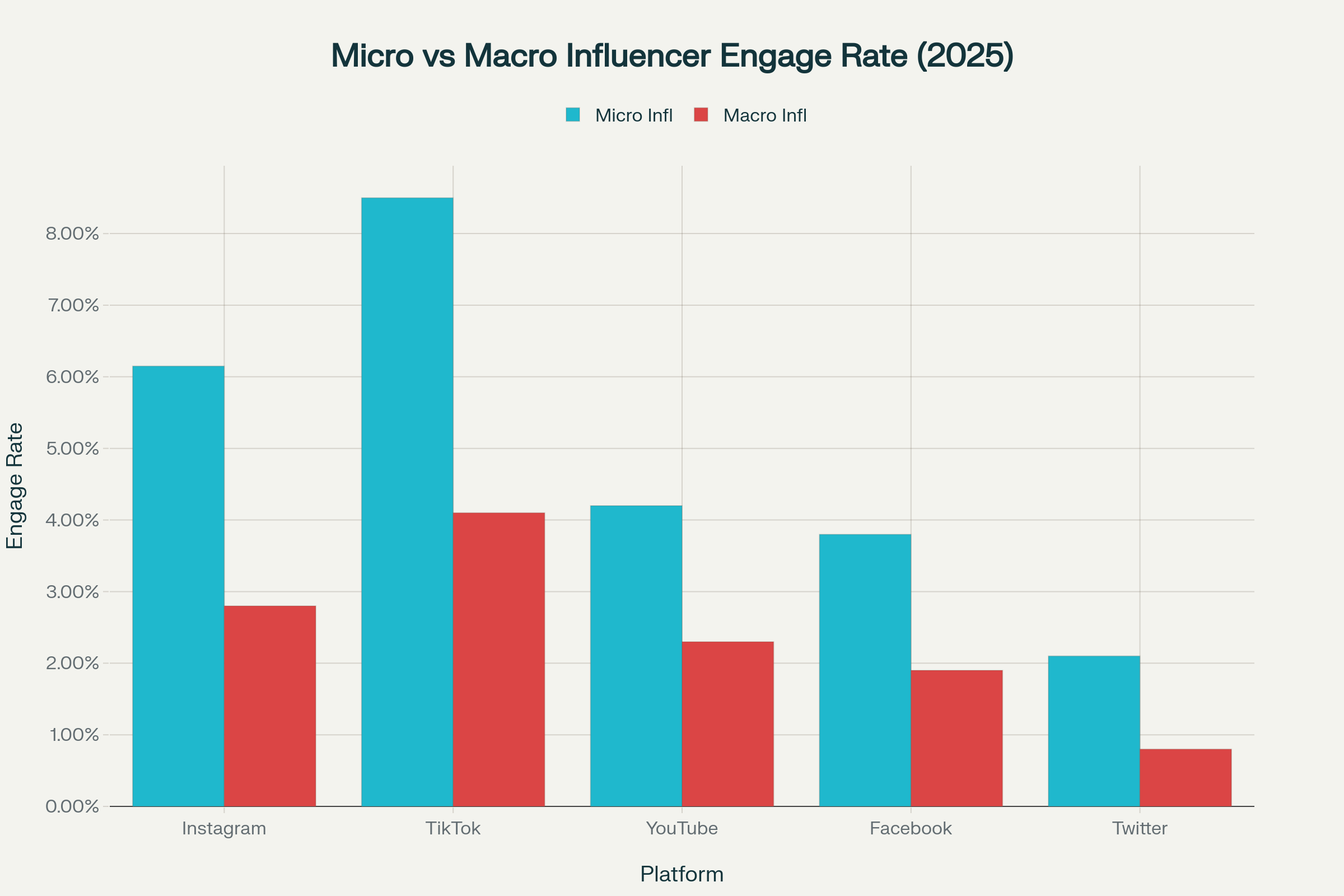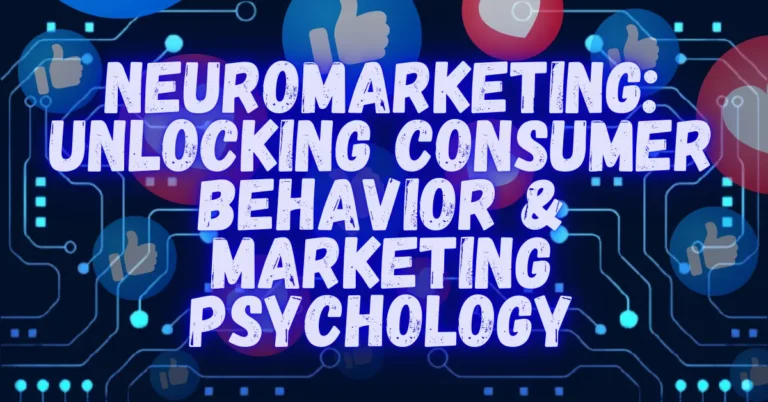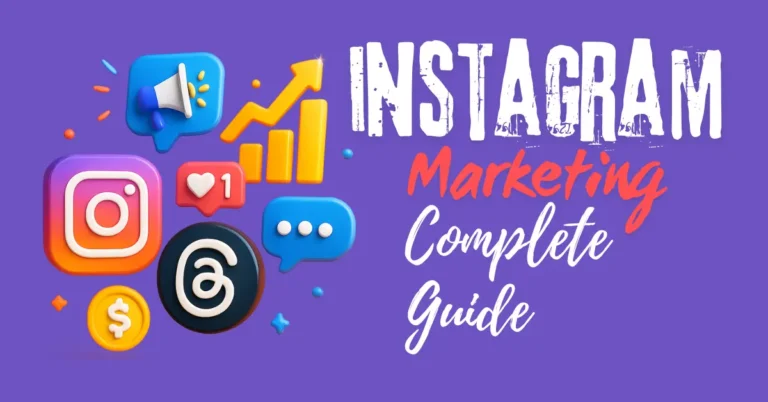Introduction
The influencer marketing landscape has undergone a seismic shift in 2025, with brands grappling with a fundamental question that could make or break their social media strategy: should they partner with micro-influencers who command smaller but highly engaged audiences, or invest in macro-influencers who offer massive reach but potentially lower engagement rates?
With global influencer marketing spending reaching $32.55 billion in 2025 and 73% of brands now preferring to work with micro and mid-tier creators, this decision has never been more critical. The stakes are high – choose wrong, and you could watch your marketing budget disappear into the digital void with minimal returns.
This comprehensive analysis will dissect the micro vs macro influencer debate, examining engagement rates, cost-effectiveness, ROI potential, and real-world case studies to help you make an informed decision for your 2025 influencer marketing strategy.
Table of Contents
Understanding the Influencer Spectrum in 2025
Before diving into the comparison, it’s essential to understand how the influencer landscape is categorized in 2025. The industry has evolved beyond simple follower counts to focus on engagement quality and audience authenticity.
Micro-influencers typically have between 10,000 to 100,000 followers and are characterized by their highly engaged, niche-focused communities. These creators often specialize in specific topics and maintain close relationships with their followers, resulting in engagement rates of 6.15% to 10.98%.
Macro-influenc to 1 million, offer broader reach and often have more polished content production capabilities. However, their engagement rates typically hover between 2% to 5%6, reflecting the challenge of maintaining intimate connections with larger audiences.
The Engagement Rate Battle: Data Speaks Volumes
One of the most compelling arguments for micro-influencers lies in their superior engagement rates. Recent industry data reveals that micro-influencers generate up to 60% higher engagement rates compared to their macro counterparts.
Brands collaborate with an average of 30 micro-influencers per campaign – a 36% year-over-year increase – and for good reason. The numbers are striking: while macro-influencers may offer broader visibility, micro-influencers deliver deeper connection and authentic interaction with their audiences.

Engagement rate comparison between micro and macro influencers across social media platforms
This engagement advantage translates directly into business results. Research indicates that micro-influencers can have engagement rates up to 60% higher than those of macro-influencers, making them particularly effective for brands seeking meaningful audience interaction rather than just impressions.
Cost-Effectiveness: The ROI Revolution
The financial argument for micro-influencers is equally compelling. On average, micro-influencers cost around $0.20 per engagement, versus about $0.33 for macro-influencers – a 40% cost savings per engagement.
Breaking down the numbers further:
- Micro-influencers (10K-50K followers): $100 to $500 per post
- Macro-influencers (100K-1M followers): $1,500 to $7,000+ per post
This cost differential becomes even more significant when considering campaign scale. MIT Sloan research reveals that macro influencers often command fees of well over $1,000 for one post but deliver only $6,000 in return on average, while micro-influencers consistently provide higher ROI despite lower absolute numbers.
The Trust Factor: Authenticity in the Digital Age
81% of brands rate content from micro-influencers as meeting or exceeding their expectations, largely due to the authenticity factor that smaller creators bring to partnerships. Micro-influencers are perceived as more relatable peers rather than distant celebrities, fostering stronger trust relationships with their audiences.
This authenticity advantage is particularly pronounced among younger demographics. 79% of Gen Z people trust Instagram macro-influencers with their beauty finds, but they show even higher trust levels for micro-influencers who feel more accessible and genuine in their recommendations.
Platform-Specific Performance in 2025
Different social media platforms favor different influencer types, and 2025 data shows interesting patterns:
Instagram remains the dominant platform for influencer marketing, with brands earning $4.12 for every $1 spent on influencer campaigns. Micro-influencers particularly excel here, with engagement rates averaging 6.15% compared to 2.8% for macro-influencers.
TikTok has emerged as a micro-influencer haven, where authentic, unpolished content often outperforms highly produced macro-influencer posts. The platform’s algorithm particularly favors engaging content over follower count, making it ideal for micro-influencer strategies.
Industry-Specific Considerations
The effectiveness of micro vs macro-influencers varies significantly by industry. The top three industries investing in micro-influencer collaborations are Beauty, CPG, and Health & Wellness, where authentic product recommendations and trust are paramount.
In the beauty industry, for example, Glossier’s strategy of turning customers into brand ambassadors has proven incredibly successful, demonstrating how micro-influencer approaches can build authentic communities around products.
Fashion brands like TrendWear have successfully leveraged Instagram to transform from small startups into recognized names through strategic micro-influencer partnerships, showing that smaller creators can drive significant business growth in competitive markets.
The Rise of Mixed Strategies
Smart brands aren’t choosing between micro and macro-influencers – they’re combining both strategically. Fabletics employs a multi-tier influencer strategy involving both major and micro-influencers, allowing them to maximize reach while maintaining authenticity.
This approach recognizes that different influencer types serve different purposes:
- Macro-influencers excel at brand awareness and reaching new audiences quickly
- Micro-influencers drive deeper engagement, trust-building, and conversions
- Combined strategies can deliver 4x to 8x ROI with budgets ranging from $15,000 to $75,000
Real-World Success Stories
Several brands have demonstrated the power of micro-influencer marketing in 2025:
Daniel Wellington continues to exemplify successful micro-influencer strategy, gifting influencers watches and providing discount codes to foster user-generated content. Their approach has maintained relevance and driven consistent sales growth.
Cuts Clothing recruited 15 micro-influencers as TikTok ambassadors, targeting older males with high income. The campaign achieved engagement rates of over 10% across 20-30 pieces of content, with a CPA lower than $120.
Third Wave Coffee used Instagram-based marketing with micro-influencer collaborations to become a well-known name among India’s coffee enthusiasts, positioning itself as a premium alternative to international brands.
Budget Allocation Strategies for 2025
Based on current industry data, here are recommended budget allocations:
| Budget Range | Recommended Strategy | Expected ROI |
|---|---|---|
| $5,000 – $25,000 | Micro-influencer focus | 5.2x – 10x |
| $25,000 – $150,000 | Macro-influencer focus | 3x – 6x |
| $15,000 – $75,000 | Mixed strategy | 4x – 8x |
80% of brands either maintained or increased their influencer marketing budgets in 2025, with 47% raising budgets by 11% or more Source, indicating strong confidence in influencer marketing’s effectiveness.
The AI and Technology Factor
The integration of AI in influencer marketing has leveled the playing field for micro-influencers. 92% of brands are already using or open to using AI to support influencer marketing workflows, making it easier to discover, manage, and measure micro-influencer campaigns at scale.
AI-powered platforms help brands identify the most suitable influencers based on precise metrics rather than just follower counts, favoring micro-influencers who often have better engagement metrics despite smaller audiences.
Key Performance Indicators to Track
When evaluating micro vs macro-influencer campaigns, focus on these metrics:
- Engagement Rate: Micro-influencers consistently outperform
- Cost Per Engagement: Micro-influencers offer better value
- Conversion Rate: Micro-influencers typically drive higher conversions
- Brand Affinity: Micro-influencers build stronger emotional connections
- Content Quality: Both can excel, but authenticity varies
Future Trends and Predictions
Looking ahead, several trends favor micro-influencer marketing:
Employee-Generated Content (EGC) is revolutionizing brand marketing, with companies building sustainable EGC programs that drive unparalleled trust, relatability, and performance.
Hyper-personalization and niche influencers will dominate 2025, as brands increasingly turn to micro- and nano-influencers who cater to specific audiences with highly personalized content.
Values-driven campaigns are gaining traction, with consumers becoming more socially conscious and demanding authentic partnerships that align with core values.
Making the Right Choice for Your Brand
The micro vs macro-influencer decision ultimately depends on your specific goals:
Choose Micro-Influencers if you want:
- Higher engagement rates and authentic connections
- Better cost-effectiveness and ROI
- Niche audience targeting
- Long-term community building
- Trust-based marketing
Choose Macro-Influencers if you want:
- Massive reach and brand awareness
- Professional content production
- Celebrity association and prestige
- Quick visibility for major launches
- Broad market penetration
Choose a Mixed Strategy if you want:
- Comprehensive market coverage
- Balanced reach and engagement
- Flexible budget allocation
- Risk mitigation across influencer types
Frequently Asked Questions
Q: What’s the ideal budget split between micro and macro-influencers?
A: Most successful brands allocate 60-70% to micro-influencers and 30-40% to macro-influencers, but this varies by industry and campaign goals.
Q: How do I measure ROI for different influencer types?
A: Track engagement rates, conversion rates, cost per acquisition, and long-term brand affinity metrics. Micro-influencers typically show better performance across most metrics.
Q: Which industries benefit most from micro-influencer marketing?
A: Beauty, health & wellness, food, and niche consumer goods see the highest returns from micro-influencer partnerships.
Q: How has AI changed influencer selection in 2025?
A: AI tools now prioritize engagement quality and audience authenticity over follower count, making micro-influencer discovery more efficient and effective.
Conclusion: The Verdict for 2025
The data overwhelmingly supports a micro-influencer-first strategy for most brands in 2025. With superior engagement rates, better cost-effectiveness, and higher ROI potential, micro-influencers offer compelling advantages that align with current consumer preferences for authenticity and trust.
However, the most successful brands aren’t choosing sides – they’re strategically combining both micro and macro-influencers to create comprehensive campaigns that maximize both reach and engagement. The key is understanding your specific goals, target audience, and budget constraints to create the optimal influencer mix.
As the influencer marketing industry continues to mature, brands that prioritize authentic relationships, meaningful engagement, and measurable results will find micro-influencers to be invaluable partners in their 2025 marketing strategy. The question isn’t whether micro-influencers work – it’s how quickly you can integrate them into your marketing mix to stay ahead of the competition.
Ready to transform your influencer marketing strategy? Start by identifying micro-influencers in your niche who align with your brand values and can deliver the authentic engagement your audience craves. The future of influencer marketing is smaller, smarter, and more effective than ever before.




